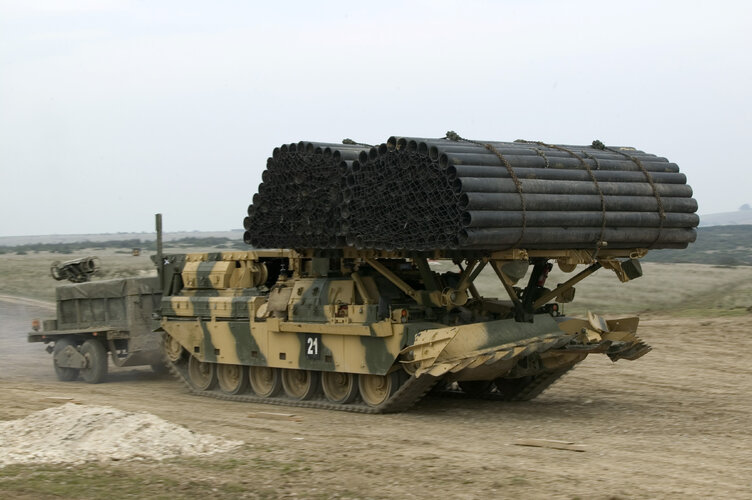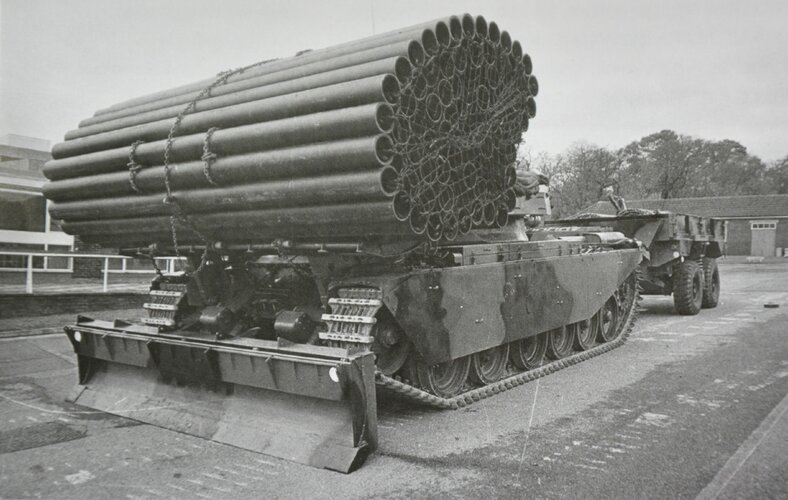Hydroxideblue
ACCESS: Restricted
- Joined
- 6 March 2022
- Messages
- 9
- Reaction score
- 12
Hey everyone!
I was wondering what sort of information people had on the MPWS/MPGS Piranha. This was an early 1980s submission by General Motors of Canada into the USMC MPWS, and later joint Army-Marine MPGS program. I possess LETE Annual Historical Reports covering its trials at the LETE proving grounds in general, some references via Janes Armour and Artillery, and some of the items that skylancer has posted from Wehrtechnik and IDR. However, I don't know much about what happened to it after 1981 when MPWS and MPG combined to form MPGS. As far as I know, it never received a real gun in its AAI turret, and I lack data on the optics, fire control system, laser rangefinder, etc that it had/would have had.
Would anyone happen to have some decent information on the prototype, or other attempts to mount the 75mm MCAAC onto the LAV?
Thanks,
Hydroxideblue
I was wondering what sort of information people had on the MPWS/MPGS Piranha. This was an early 1980s submission by General Motors of Canada into the USMC MPWS, and later joint Army-Marine MPGS program. I possess LETE Annual Historical Reports covering its trials at the LETE proving grounds in general, some references via Janes Armour and Artillery, and some of the items that skylancer has posted from Wehrtechnik and IDR. However, I don't know much about what happened to it after 1981 when MPWS and MPG combined to form MPGS. As far as I know, it never received a real gun in its AAI turret, and I lack data on the optics, fire control system, laser rangefinder, etc that it had/would have had.
Would anyone happen to have some decent information on the prototype, or other attempts to mount the 75mm MCAAC onto the LAV?
Thanks,
Hydroxideblue


